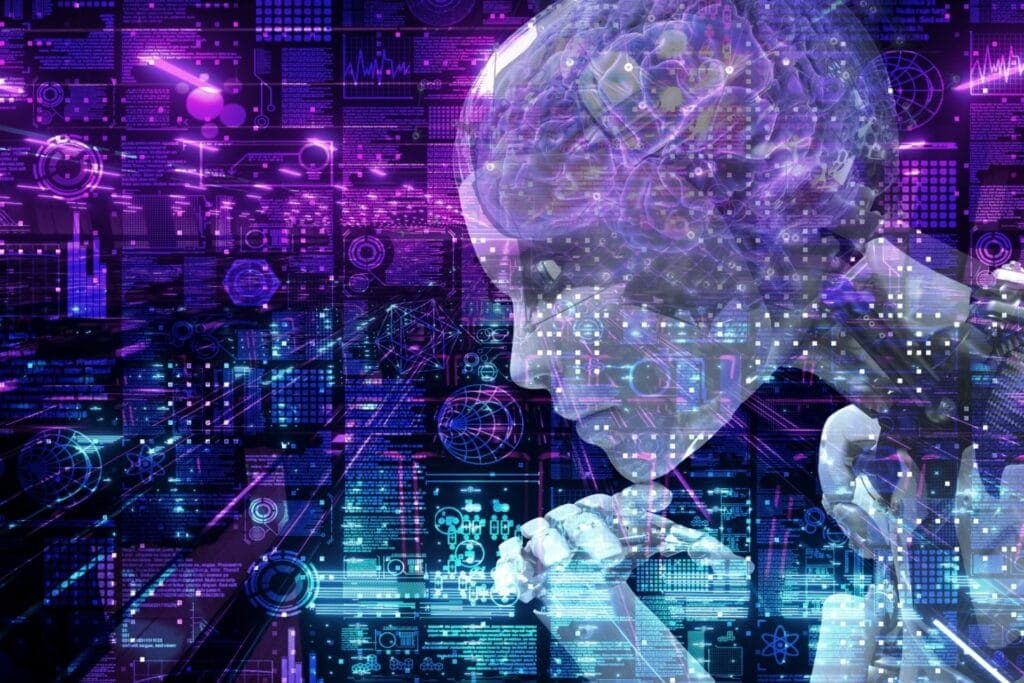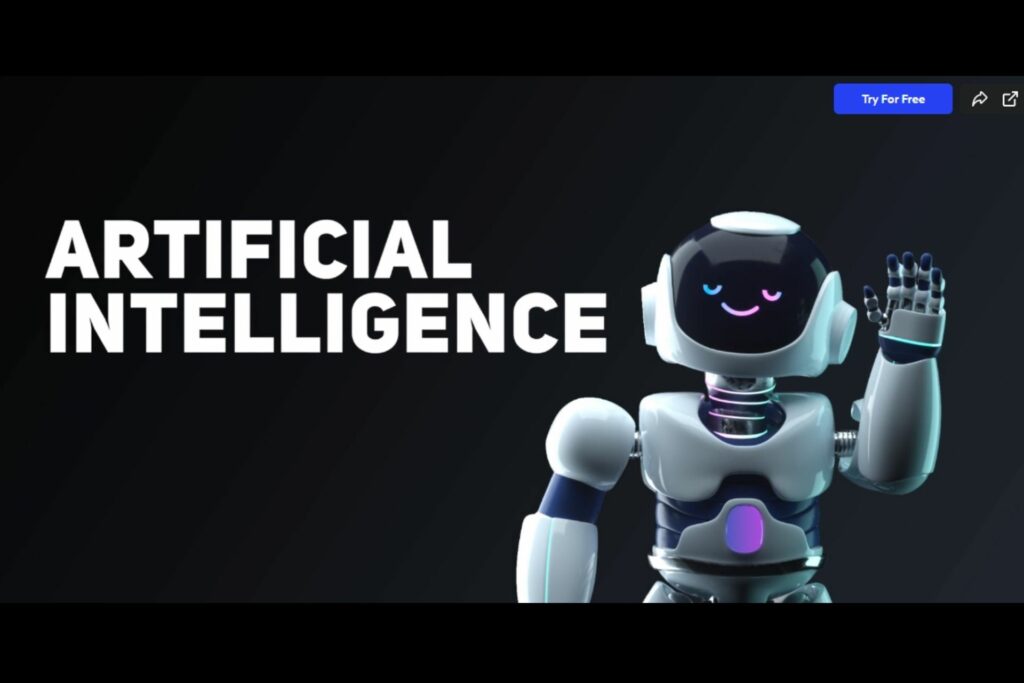What Are the 3 Types of AI?
When asked what Artificial Intelligence (‘A.I.,’ or AI) is, common answers might include descriptions of helpful machines that do everyday tasks in place of humans or Doomsday predictions about the extinction of humanity brought on by ruthless robots that are hellbent on global domination.
While the above describes current and hypothetical scenarios involving AI, the full answer to the question is more nuanced.

AI is the science of artificially reproducing the equivalent of human intelligence in a machine for many practical applications. The great promise of AI is in its potential to replace the human workforce when performing tedious and time-intensive tasks. This vastly increases the efficiency and productivity of various production systems, operation, maintenance, conservation, and more.
There are 3 types of AI that vary in terms of complexity and what they are able to do, and we will explore them below.
AI Classifications
AI is classified by the degree or extent to which a machine can replicate complex human tasks and behavior.
As a rule of thumb, AI with limited capabilities of self-instruction and self-improvement would be considered a lower-level AI. AI that can do both and generally perform tasks at a level that equals or exceeds human capabilities would be regarded as advanced.
One method of AI classification gauges how the AI reacts to stimuli and refines those reactions for improved future performance. This method also discerns whether the AI perceives the needs of other intelligent entities and responds to them with the nuanced and complex situational awareness of a human.

Reactive Machines
This type of AI has limited capabilities, which amount to direct responses to stimuli. It can come close to human performance levels in narrowly defined roles and functions but cannot independently improve its performance by “learning” from past instances. Thus, ‘Reactive Machines’ can only perform tasks precisely as they are programmed to do, and no more.
Limited Memory
‘Limited Memory’ AI machines can respond to stimuli just as Reactive Machines do but have the added capability of referring to saved data to inform their future operational decisions, thus gradually improving performance. Limited Memory machines are therefore capable of “learning” independently. Many types of current technology employ Limited Memory AI, such as facial recognition, chatbots, and self-driving cars.
Theory of Mind
‘Theory of Mind’ AI is an advanced form of AI that does not currently exist in a commercial or public scope, as it is primarily theoretical. It would possess the ability to gradually learn about and understand each entity it interacts with (i.e., a human, a chimpanzee, or a house cat) by analyzing their habits, tendencies, preferences, needs, and even emotions or beliefs. The potential applications of this level of AI are tremendous, as it would autonomously develop and refine its understanding of the human mind and human behavior to a high level.
Self-Aware
This is the most advanced stage of AI, and it is purely hypothetical at present. ‘Self-Aware’ AI would be so advanced that it would have its own self-consciousness. This type of AI machine would have its own thoughts, beliefs, and emotions and have the ability to understand or identify with abstract ideas, philosophies, and the feelings of other beings. It would arguably be an equivalent of a human being in all but physical form and appearance.
What Are The 3 Types Of AI?
Suppose someone were to ask, “What Are The 3 Types of AI?”. In that case, one can also refer to the second method of AI classification, which breaks down AI into the following types — Artificial Narrow Intelligence, Artificial General Intelligence, and Artificial Superintelligence. This method of identification and related terminology is commonly used in the field of technology today.

1. Artificial Narrow Intelligence (ANI)
Artificial Narrow Intelligence, also known as ‘Narrow AI’ or ‘Weak AI’, is designed and programmed for a singular purpose. This is commonly used in contemporary applications, such as in the hands-free operation of mobile device applications via speech recognition. This type of AI is, in many cases, faster and more efficient than a human in completing the task it was designed and programmed to do — however, that is about all it can do.
2. Artificial General Intelligence (AGI)
Artificial General Intelligence, also known as ‘Deep AI’ or ‘Strong AI,’ is thus far a theoretical AI that can perform a task or mimic human behavior while also possessing the ability to adjust its future performance via experiential learning. In addition, AGI would also be capable of performing a much wider and more diverse array of tasks in comparison to Narrow AI.
In short, this type of machine can learn from experience and improve its performance independently. This type of AI would theoretically be capable of reaching human-level intelligence if given enough time and ‘experience’ (chances).
3. Artificial Superintelligence (ASI)
This purely theoretical type of AI would easily surpass all levels of human performance because of a self-learning machine’s unparalleled computational power. This translates to an exponential rate of learning that would enable the ASI to effectively master any task a human can perform and do it better and more consistently than any human.
The applications of this level of AI are limitless. Still, notable ones include maximizing efficiency in all areas of human life, from agricultural and industrial production, systems maintenance to relationship building.
To give some examples, this type of AI would be capable of doing the following and much more: advising humans via counseling, performing medical procedures, planning and building new settlements, fixing problems with urban or transportation infrastructure in the most efficient way possible, instructing humans in all fields of learning, building friendships and relationships with humans, directly facilitating the formation of relationships between humans, and directing groups of humans as a unit to achieve larger goals.
Key Takeaways:
When asked “What are the 3 Types of AI?” many people will express their impressions of AI influenced by popular culture or sensational news headlines. The truth is that the science of AI is still in its nascent stages, and it will take some time to create truly advanced AI.
Nevertheless, the study and development of AI is an exciting and cutting-edge field in technology today. It would be no stretch to say that AI is the ‘future’ of technology. The potential of AI is truly staggering. Experts in the field are hard at work in furthering advances in this field. The development of AI will undoubtedly continue to drive breakthroughs in technology and provide immeasurable benefits to humanity and the world.